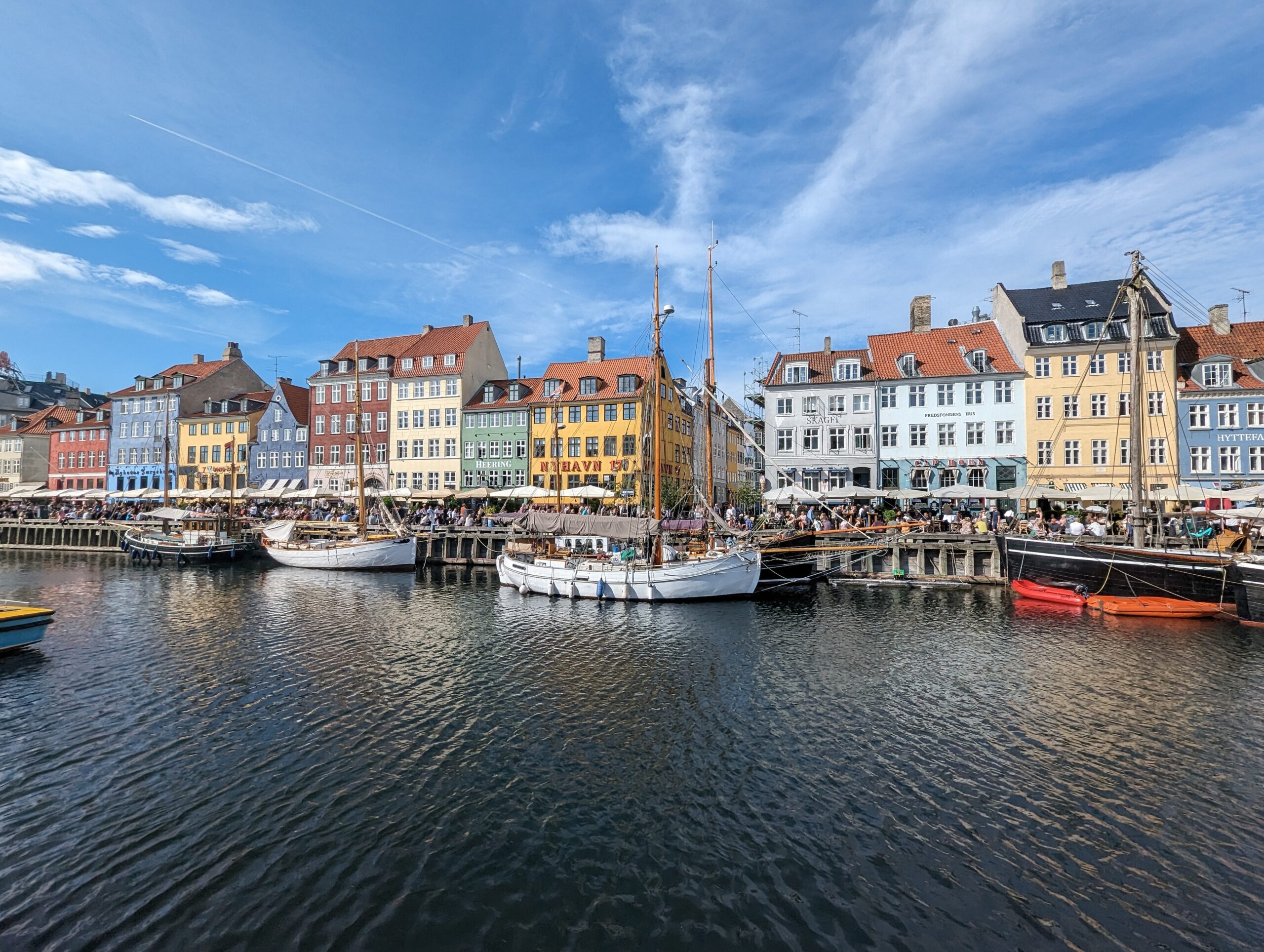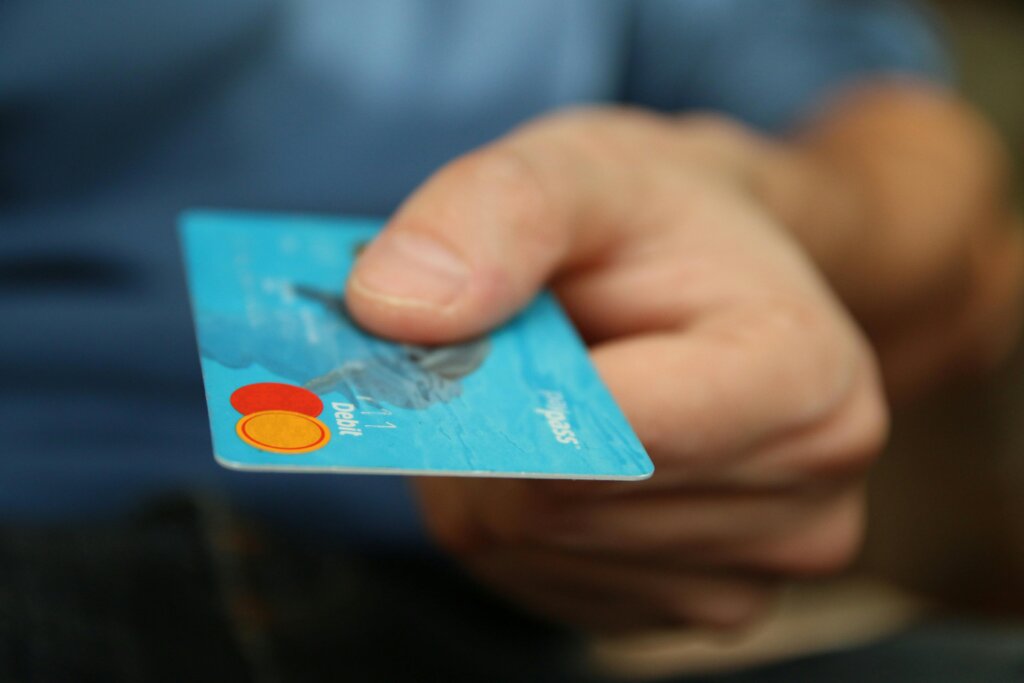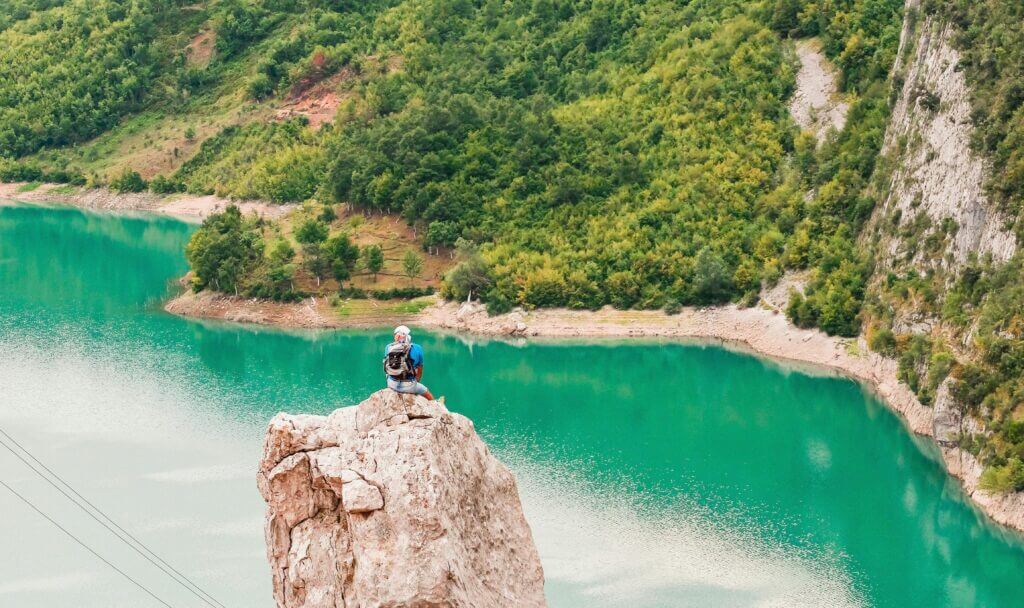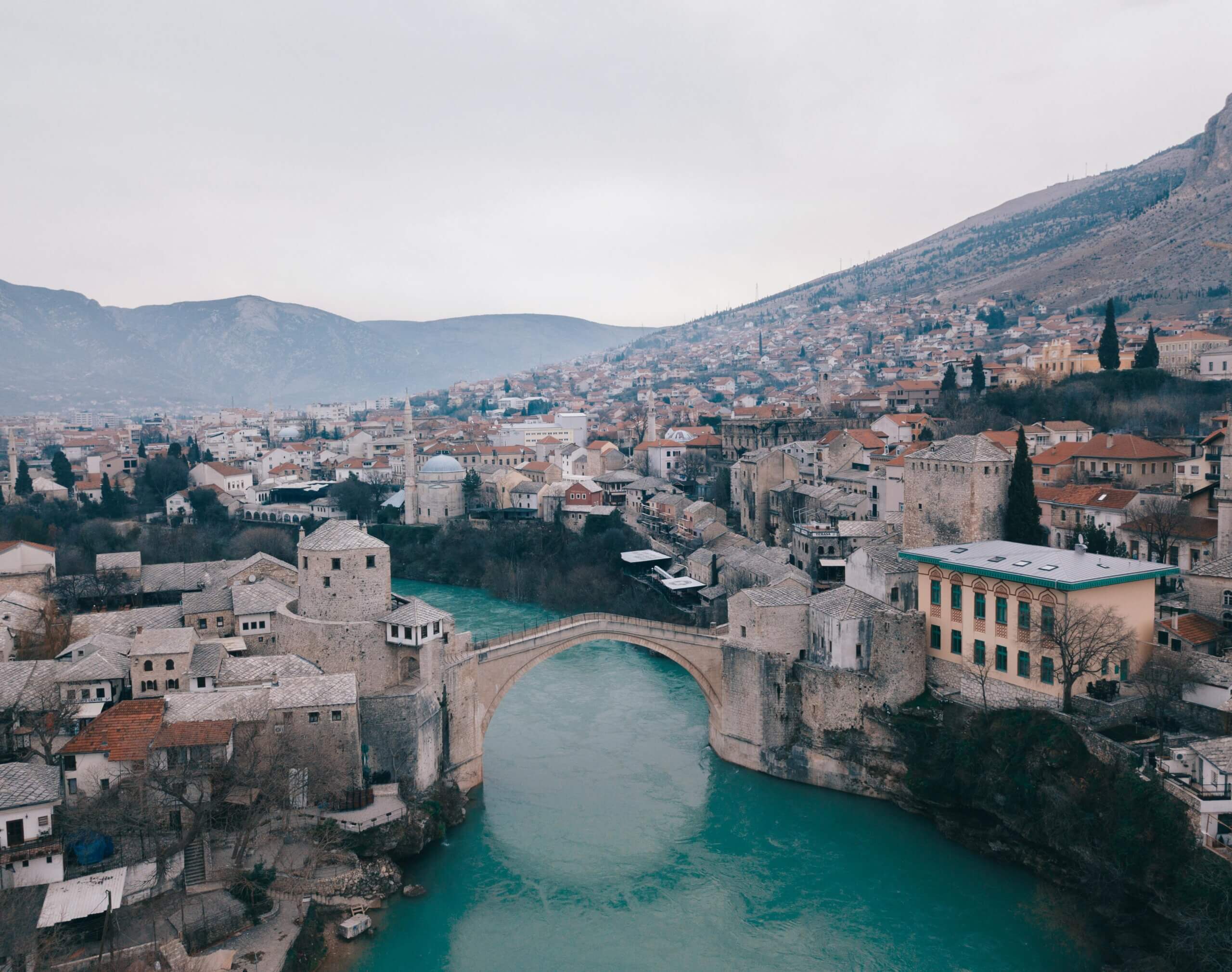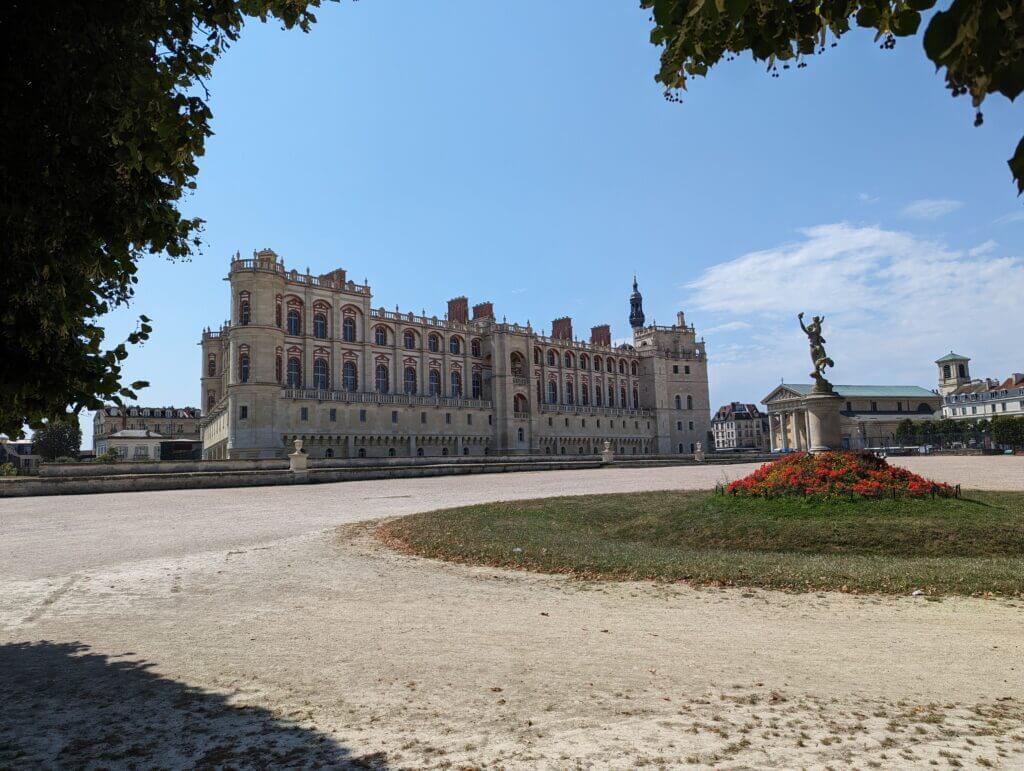Denmark, the jewel of Scandinavia, is where history meets modern living in perfect harmony. From the vibrant streets of Copenhagen to the serene coastlines and Viking heritage, Denmark offers a rich cultural experience. So, picture yourself biking along colourful harbours like Nyhavn, visiting the famous Little Mermaid, or exploring the royal palaces. Beyond the capital, you can visit Denmark’s stunning countryside, fairy-tale castles, and charming towns like Aarhus and Odense invite you to explore. Whether you’re seeking cutting-edge design, cozy hygge moments, or a deep dive into Viking history, Denmark’s unique blend of innovation and tradition promises an unforgettable adventure.
This Denmark travel guide will provide extensive information to help you plan your next vacation. You can find all my Denmark posts at the bottom of the page. Or, check out other destinations for your trip.
Travel Info about Denmark
- Denmark uses the Danish Krone (DKK) as its currency. As of October 2024, 1 DKK = 0.15 USD / 0.11 GBP.
- Denmark uses plug type C and type K. The standard voltage is 230V with a frequency of 50Hz. Grab this universal travel adapter so you’re always prepared.
- Public transport in Denmark is extremely reliable and efficient. Copenhagen offers metro, bus, and train services, with options for tourist passes and travel cards. For intercity travel, you can use trains, buses, or ferries.
- Denmark operates on Central European Time (CET), which is UTC+1.
- There is not expectation for tipping in Denmark, there will be a service charge included on the bill.
- Depending on your nationality, you may need a visa for Denmark if you are traveling from outside the EU. Check specific visa requirements based on your country.
- Ensure your passport is valid for at least six months beyond your planned departure date.
- Routine vaccinations like measles and hepatitis should be up to date.
- Denmark is generally very safe for travellers, but as with any destination, it’s wise to stay aware of your surroundings, especially in crowded areas.
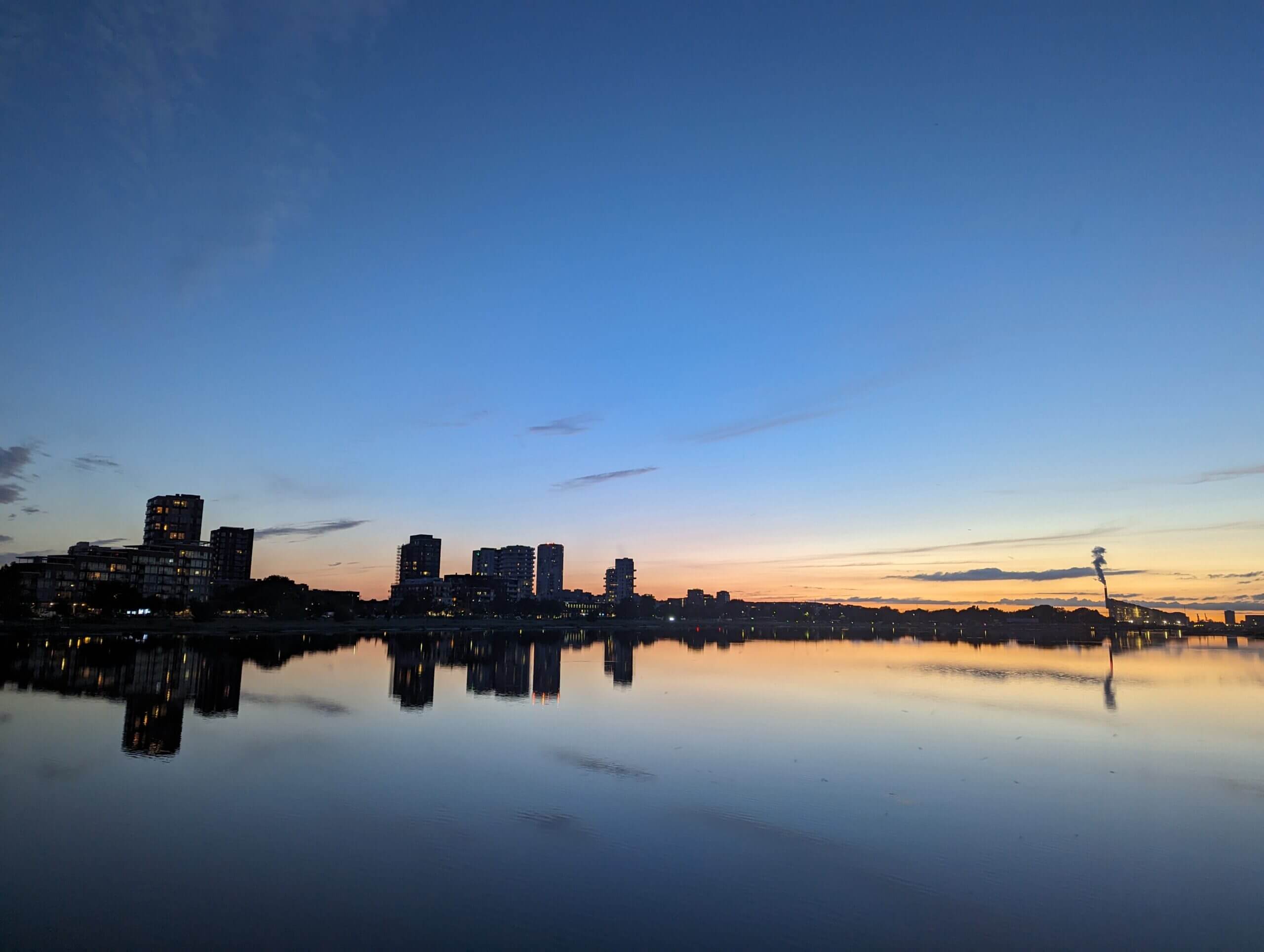
Fun Facts about Denmark
- Denmark is famous for its design and architecture, including iconic buildings and furniture.
- Also, the country boasts several UNESCO World Heritage Sites, including Kronborg Castle and Roskilde Cathedral.
- Denmark is known for its cycling culture, with many dedicated bike lanes and bike-friendly cities. Denmark, and the rest of Scandinavia, are leaders in sustainable living.
- Denmark is home to the original LEGOLAND in Billund, the birthplace of LEGO.
- When you visit Danish, make sure you experience the concept of “hygge,” which emphasises coziness and contentment and is a significant part of the culture.
Danish Culture
- Denmark is a country rich in cultural heritage and traditions.
- Danish culture values simplicity, art, and community, with a strong emphasis on work-life balance and environmental sustainability. You should try to learn some greetings in Danish. For example, it’s polite to say “God dag” (Good day) when entering shops or restaurants, “Tak” means thank you, and “Farvel” means goodbye. Also, a polite greeting might include a handshake.
- When you visit Denmark, don’t miss the traditional Danish cuisine. Firstly, try Smørrebrød (open-faced sandwiches) and Frikadeller (meatballs). Then, for a traditional dessert, you can indulge in Wienerbrød (Danish pastry) as well as exploring the country’s delightful array of cheeses and beers.
- Denmark is predominantly Lutheran Christian, so you’ll find beautiful churches and cathedrals throughout the country.
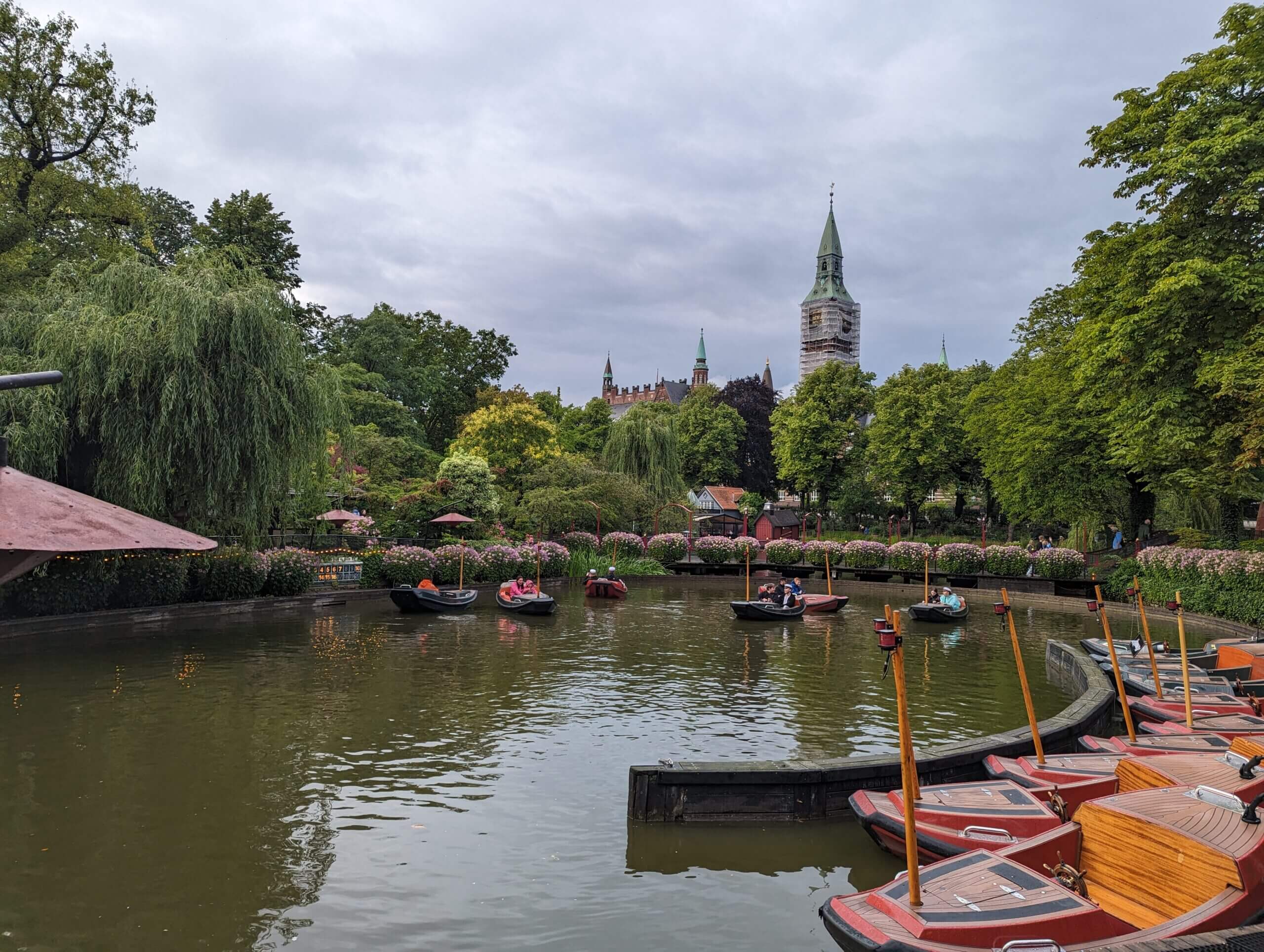
Budgeting in Denmark
- Denmark is known for its high standard of living, and subsequent high cost of living. However, it offers a range of options for travelers, from budget to luxury.
- For budget travellers who visit Denmark, you can enjoy local meals for around DKK 70-120 ($10-18), while mid-range restaurants might cost around DKK 200-300 ($30-45) per person.
- Accommodation options in Denmark range from budget hostels at about DKK 200 ($30) per night to more luxurious hotels and boutique stays. If you’re looking for a higher-end experience, be prepared to pay more for premium lodgings, as with all destinations.
Travel and Transport
- Getting to Denmark is straightforward with several international airports. Copenhagen Airport offers frequent flights to and from major global cities and is often a very cheap option for flights from the UK.
- Make sure you book the cheapest flights to Denmark by using my expert guide to cheaper flights and use the code BLOG to get 25% off the marked price.
- For traveling around the country, Denmark’s train system is extensive and connects major cities and regions. Also, Copenhagen’s Metro, bus, and bike-sharing systems are efficient for exploring the capital. Car rentals and ride-sharing services are also available.
- Personally, I think the public transport in this area of the world is excellent. Despite the transport not being particularly cheap, it is reliable and highly efficient. Also, when you visit Denmark, you can get transport cards which allow you to save money and use all means of public transport.
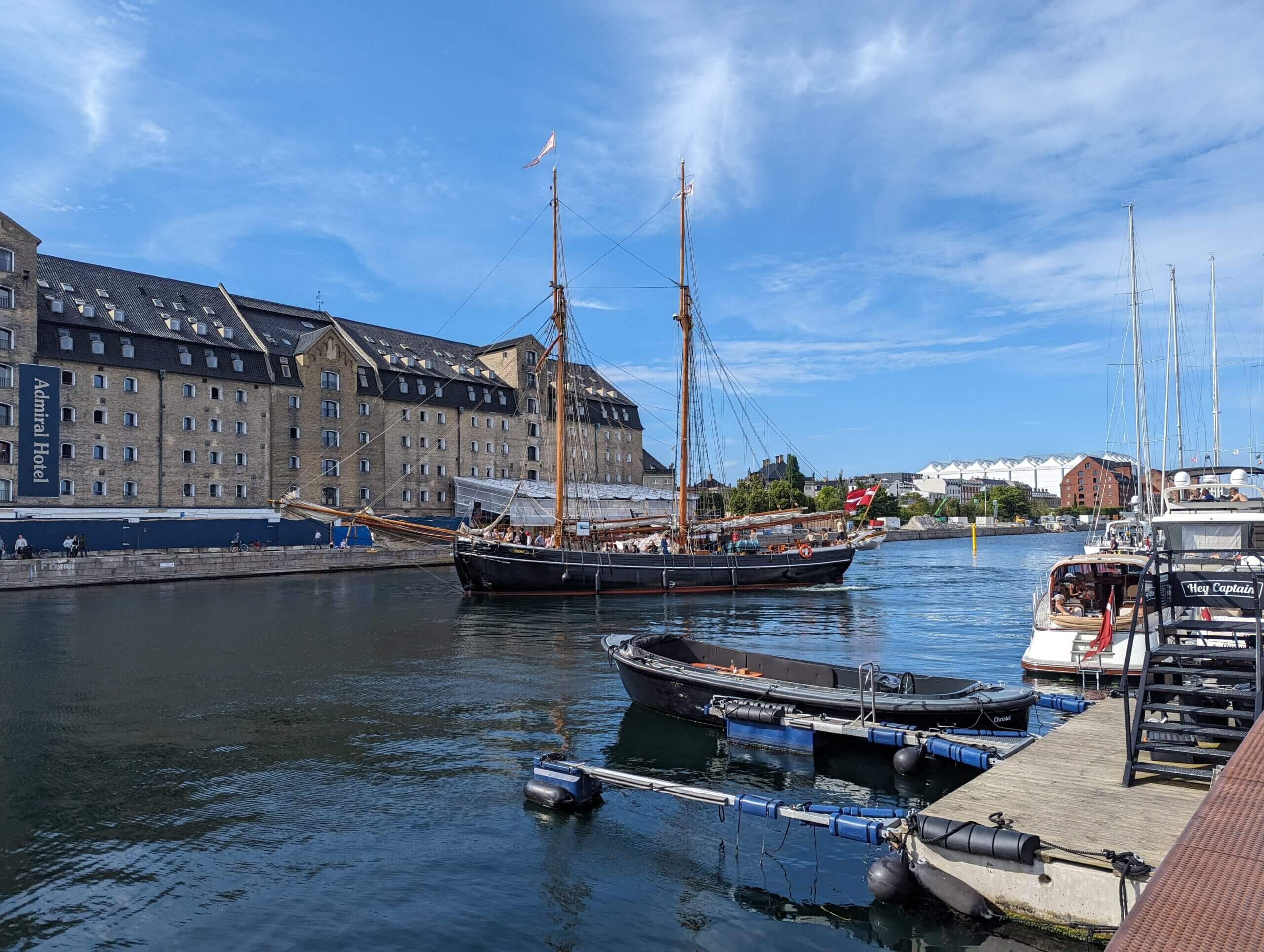
Seasons/ When to Visit
When you visit Denmark, you will need to choose your travel dates depending on the experience you desire. Major cities and coastal destinations in Denmark will be busier in the summer months due to the better weather, however, the winter months bring the offer of attractive winter activities and cozy indoor experiences. The weather in Denmark is famously wet and windy for a lot of the year, so be prepared for rain at all times of the year!
Spring in Denmark (March to May)
- Spring in Denmark is fresh and vibrant, as the country awakens from winter. Parks and gardens like Tivoli Gardens in Copenhagen and Aarhus Botanical Garden burst with blooming flowers. The weather is mild, perfect for cycling through cities and along scenic coastlines. Spring festivals, such as Viking Festivals in towns like Ribe, bring cultural events to life. It’s also a great time to explore Roskilde and its Viking Ship Museum before the summer crowds.
Summer in Denmark (June to August)
- Summer in Denmark is lively and warm, making it the ideal time to explore the country’s outdoor spaces. So, at this time of year, head to the Danish Riviera or Bornholm Island for beaches and seaside towns. Copenhagen is bustling with outdoor cafés, street festivals, and events like the Roskilde Festival. The long daylight hours, especially in the north, allow for late-evening activities like exploring Nyhavn or taking a canal tour. Denmark’s many castles, such as Kronborg Castle in Helsingør, are perfect for day trips.
Autumn in Denmark (September to November)
- Autumn brings cooler weather and beautiful foliage. The Danish countryside is painted in warm hues, making it an ideal time for hiking or cycling through Mols Bjerge National Park. Equally, the crowds have thinned, and cozy hygge moments take over, with people gathering in warm cafés and restaurants. It’s also the season for harvesting apples and celebrating local food festivals like Copenhagen Cooking.
Winter in Denmark (December to February):
- Winter in Denmark is all about embracing the cozy concept of hygge. The cities, especially Copenhagen, are lit up with festive lights and Christmas markets, including the famous Tivoli Christmas Market. However, the cold weather is perfect for exploring indoor attractions like Louisiana Museum of Modern Art and Christiansborg Palace. For outdoor fun, head to Rold Skov or Bornholm for winter hiking or ice skating.
Book your flights to Denmark now!
Areas to Stay/Visit in Denmark
Denmark has a wealth of destinations to explore, depending on your desired experience and the time of year.
Copenhagen
- The vibrant capital is perfect for those who love city life. Stay in the Indre By (City Center) to be close to landmarks like Nyhavn, Tivoli Gardens, and the Little Mermaid statue. Otherwise, for a more trendy experience, the Vesterbro or Nørrebro districts offer a mix of bars, cafes, and boutique hotels.
Aarhus
- Denmark’s second-largest city is a cultural hotspot. Stay near the Latin Quarter for a charming atmosphere with cobblestone streets and historic buildings, or by the harbour for modern waterfront hotels with views of the city’s innovative architecture, including the famous ARoS Art Museum.
Odense
- The birthplace of Hans Christian Andersen, Odense offers a quieter, more laid-back experience. Stay in the Old Town to explore fairy-tale-like streets, or near the river for scenic walks and proximity to attractions like the Hans Christian Andersen Museum.
Aalborg
- Aalborg is an energetic city blending history with modern culture. Stay near the waterfront along Limfjord for stunning views and access to landmarks like Aalborg Castle and the Utzon Center, or opt for the lively Jomfru Ane Gade area, known for its bars and nightlife.
Bornholm
- This island in the Baltic Sea is perfect for a peaceful retreat. Here, you can stay in charming coastal towns like Gudhjem or Svaneke, known for their scenic harbours, artisanal shops, and proximity to stunning nature spots like the Hammershus ruins.
Skagen
- Located at Denmark’s northernmost tip, Skagen is famous for its sandy beaches and unique light, which attracted many artists. Stay in cozy seaside cottages or boutique hotels near the beach, and enjoy the beautiful scenery where the North Sea meets the Baltic Sea.
Ribe
- Denmark’s oldest town, Ribe offers a step back in time with its medieval streets and Viking history. Stay in the historic centre for an authentic experience, with easy access to the Ribe Viking Center and the Ribe Cathedral.
Esbjerg
- A port city on the west coast, Esbjerg is great for those looking to explore Denmark’s rugged coastline and the nearby Wadden Sea National Park. Stay near the harbour for modern hotels with ocean views and access to the Man Meets the Sea sculpture.
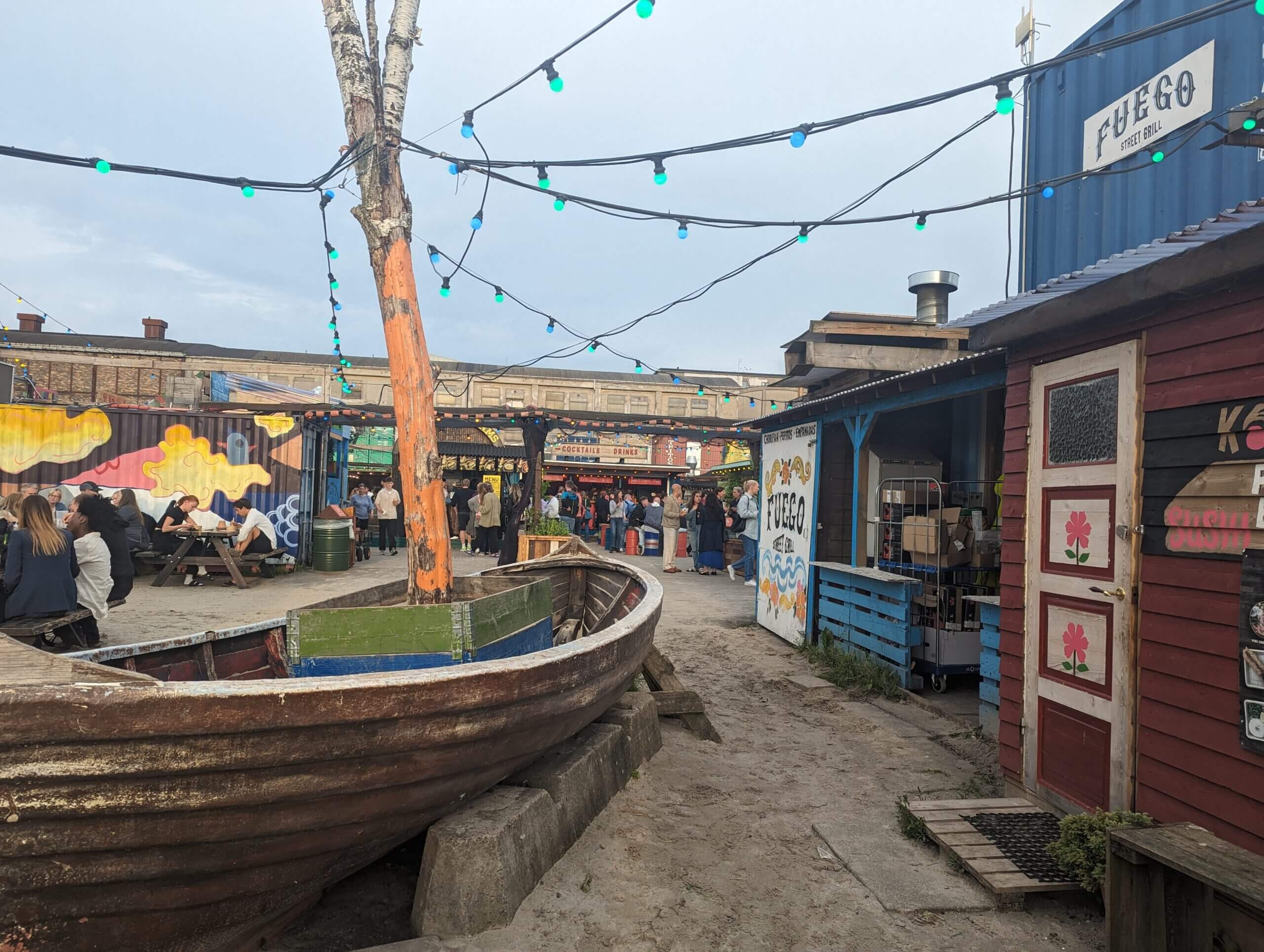
Things to Do
Denmark offers a wealth of experiences, from charming cities to scenic landscapes.
- Begin your journey in Copenhagen, Denmark’s vibrant capital. Visit iconic landmarks like The Little Mermaid statue, the colourful Nyhavn harbour, and the historic Tivoli Gardens. After that, explore the Rosenborg Castle and Amalienborg Palace, home to Denmark’s royal family, and enjoy world-class art at the National Gallery and the Ny Carlsberg Glyptotek. Don’t forget a trip to Christiania, the free-spirited commune in the heart of the city.
- Outside Copenhagen, head north to visit Kronborg Castle, famously known as the setting of Shakespeare’s Hamlet. For Viking history, visit Roskilde, where you’ll find the impressive Roskilde Cathedral and the fascinating Viking Ship Museum.
- Denmark’s coastline offers natural beauty and relaxation. The island of Bornholm is a summer haven with sandy beaches, cliffs, and cycling trails. For a scenic drive, explore the Danish Riviera, home to quaint seaside towns and long stretches of beach.
- On the other hand, for nature lovers, Jutland offers vast landscapes, including Mols Bjerge National Park and the dramatic sand dunes of Råbjerg Mile. History buffs should visit Aarhus, home to Den Gamle By (The Old Town), an open-air museum showcasing Denmark’s rich past.
- Finally, experience Danish culture through its world-renowned New Nordic Cuisine, featuring local, sustainable ingredients, at top restaurants like Noma. Whether it’s exploring history, nature, or cutting-edge design, Denmark has something for everyone.

